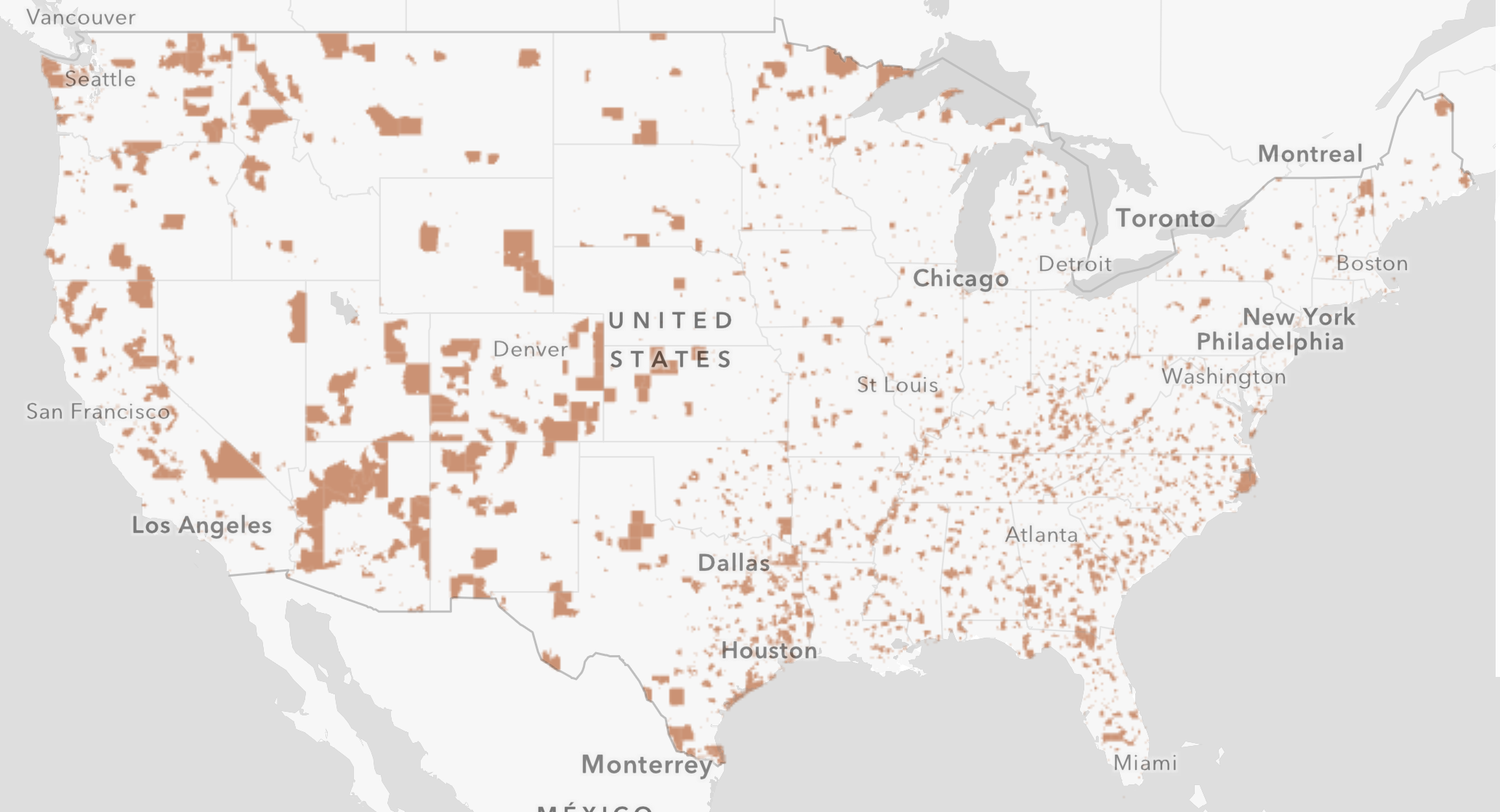
Navigating the Economic Opportunities Map for Growth and Prosperity

Navigating the Economic Opportunities Map for Growth and Prosperity
In the intricate web of global economies, uncovering and capitalizing on economic opportunities is key to fostering growth and prosperity. This article explores the concept of an Economic Opportunities Map and how it serves as a guide for nations and businesses seeking to navigate the complex landscape of possibilities.
Understanding the Economic Opportunities Map
The Economic Opportunities Map is a metaphorical representation of the diverse possibilities available within a specific economic context. It encompasses sectors, industries, and regions where potential for growth, innovation, and prosperity exists. Creating and utilizing such a map involves a strategic assessment of various factors that contribute to economic development.
Identifying Key Sectors: Charting the Course
One crucial aspect of the Economic Opportunities Map is the identification of key sectors with untapped potential. This involves analyzing market trends, consumer behavior, and technological advancements to pinpoint areas where growth is likely. Whether it’s technology, renewable energy, or emerging industries, understanding and targeting key sectors set the foundation for strategic economic development.
Assessing Regional Opportunities: Localized Growth Strategies
Regions often present unique opportunities based on their resources, demographics, and geographical advantages. An effective Economic Opportunities Map considers these regional nuances. Governments and businesses can then tailor their strategies to harness the specific potential of each area, promoting localized growth that contributes to overall economic prosperity.
Innovation as a Pathway: Navigating the Frontier
Innovation is a central component of any Economic Opportunities Map. Businesses and nations that prioritize research and development, embrace technological advancements, and foster a culture of innovation position themselves on the frontier of economic possibilities. Innovations can open new markets, create jobs, and drive sustained growth.
Global Market Integration: Expanding Horizons
An effective Economic Opportunities Map extends beyond national borders. In a connected world, global market integration is a key strategy. Identifying opportunities for international trade, partnerships, and collaborations broadens the scope of economic development. Nations and businesses that actively engage with the global market can tap into a broader range of opportunities.
Infrastructure Investment: Building Bridges to Success
Infrastructure serves as the backbone of economic development. An Economic Opportunities Map highlights the importance of strategic infrastructure investments. From transportation networks to digital connectivity, building the necessary infrastructure creates pathways for businesses to thrive and ensures that opportunities are accessible to all corners of a nation.
Sustainable Development: Balancing Profit and Planet
Sustainability is a growing consideration in economic planning. A well-crafted Economic Opportunities Map integrates sustainable development goals. Balancing economic growth with environmental and social responsibility ensures that opportunities are not only profitable but also contribute to the well-being of communities and the planet.
Investing in Human Capital: Empowering Growth
People are at the heart of economic opportunities. Investing in education, skills development, and healthcare contributes to the growth of human capital. An educated and healthy workforce becomes a valuable asset, driving innovation, productivity, and overall economic prosperity.
Adaptability and Resilience: Navigating Uncertainties
The economic landscape is dynamic, and uncertainties are inevitable. An effective Economic Opportunities Map acknowledges this reality and emphasizes adaptability. Governments and businesses that build resilience, continuously reassess opportunities, and adjust strategies are better equipped to navigate economic uncertainties.
Collaboration and Partnership: Strength in Unity
Collaboration is a powerful element of the Economic Opportunities Map. Governments, businesses, and communities can achieve more by working together. Partnerships foster collective efforts, shared resources, and a supportive environment that enhances the overall effectiveness of economic development initiatives.
In conclusion, navigating the Economic Opportunities Map requires a strategic and multifaceted approach. By identifying key sectors, considering regional nuances, fostering innovation, and embracing sustainability, nations and businesses can chart a course for growth and prosperity.
Explore more about Economic Opportunities Map at careerth.com
